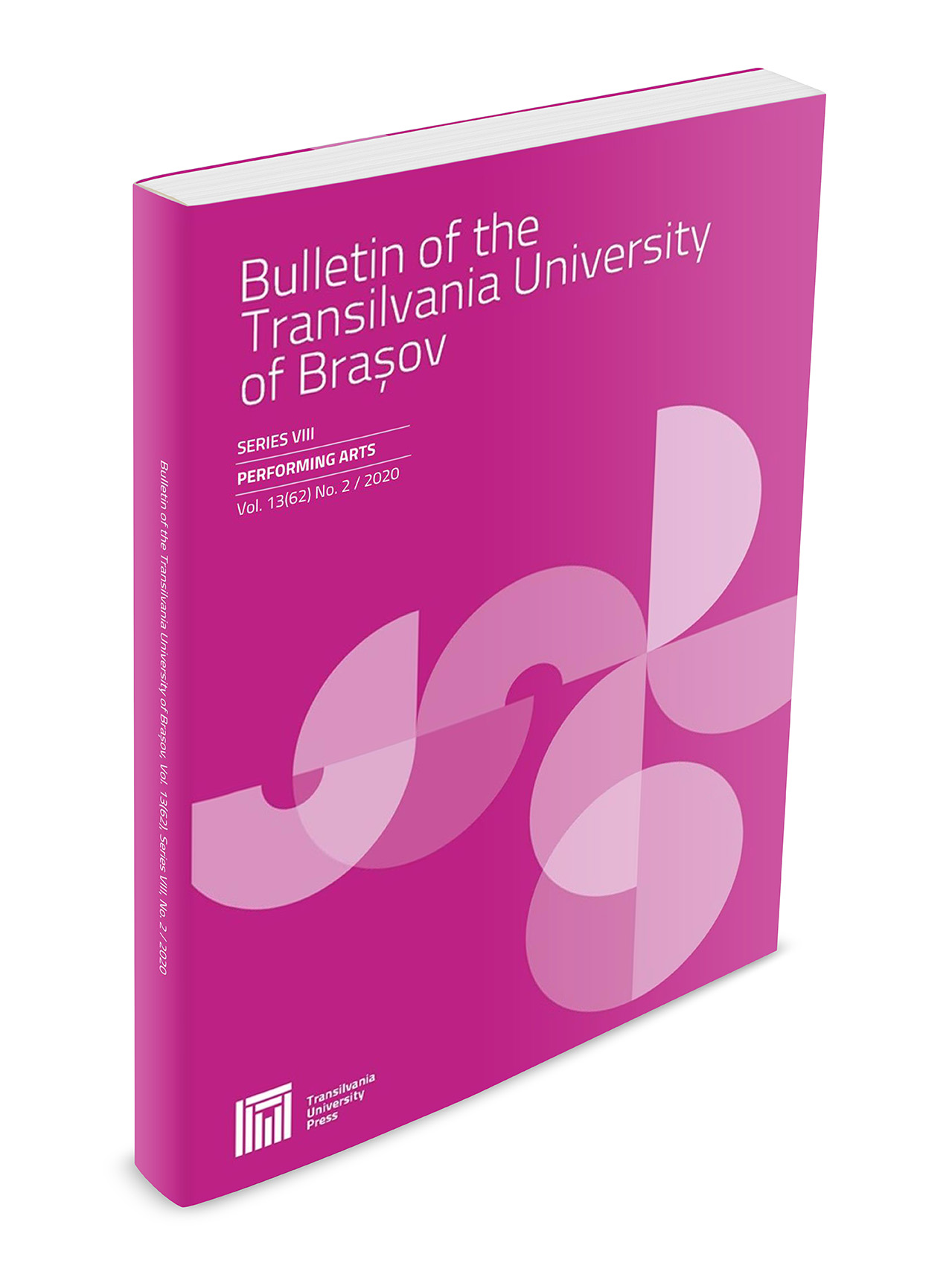Syncretic Art in the Musical Language of the Opus 27 by Eugene Ysaye
DOI:
https://doi.org/10.31926/but.pa.2020.13.62.3.27Keywords:
Eugène Ysaÿe, syncretic art, solo violin, notational system, innovative musical language, Eugène Ysaÿe-Liviu RebreanuAbstract
Violinist, conductor, pedagogue, composer Eugène Ysaÿe represents a transitional sacrosanct monolith from a musical point of view situated at the crossroads of the nineteenth and twentieth centuries in the art of which we encounter with much skill the jointing of a well established musical system together with a debordant overflowing imagination. Eugène Ysaÿe has managed therefore to obtain a masterpiece worthy of the full attention of musicologists and anyone curious enough about innovative evolutionary principles in music as well as in other domains.Downloads
Published
Issue
Section
License
Copyright (c) 2021 Bulletin of the Transilvania University of Braşov. Series VIII: Performing Arts

This work is licensed under a Creative Commons Attribution 4.0 International License.




